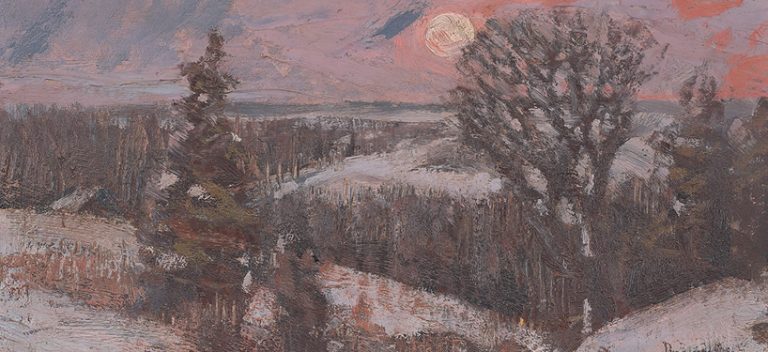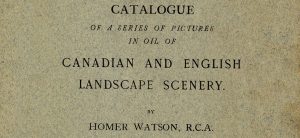Homer Watson became involved in the Spiritualist movement at a point when it was gaining interest in Canada after the First World War. He had many friends involved in the movement, as well as famous practitioners he admired for their writings and abilities. Watson’s correspondences with his spiritualist contemporaries offer many interesting insights into Spiritualism in the early 20th century.
A friend of Homer Watson, Prime Minister William Lyon Mackenzie King’s involvement in Spiritualism only came to light several decades after his death. A shared interest in spiritualism as well as a similar childhood on the Grand River led to a close friendship between King and Watson. In King, Watson was said to have found “a man sympathetic with his own spiritual outlook on painting and life.” King supported Watson during the difficult years of the Great Depression through purchases of his art and as an advocate for him in Ottawa, but he also participated as a sitter at séances performed in the Watson House basement. King’s secrecy over his participation in such practises is indicative of the social disapproval that surrounded Spiritualism during this period. Few public figures advertised their involvement for fear of backlash.
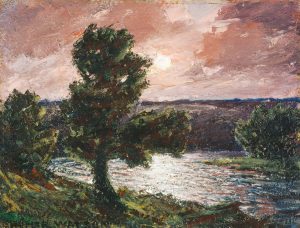
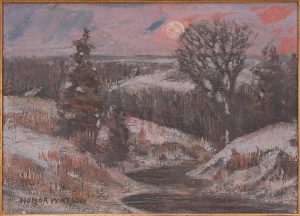
Whether public or private, spiritualism provoked heated debate between steadfast believers and equally determined skeptics. The latter were helped by the existence of actual frauds and swindlers, though this never shook the adamant adherents to the faith. One such strong defender was author Sir Arthur Conan Doyle, who devoted fourteen years of his life to advocating for greater acceptance of Spiritualism. He was a member of the Society of Psychical Research, published twenty books on the topic, and was considered a leading spiritualist in his time. As such, his works were widely read; a letter from Watson to Conan Doyle established the artist as one such reader. Watson found the essay The New Revelation of both great interest and comfort after the death of his wife Roxa.
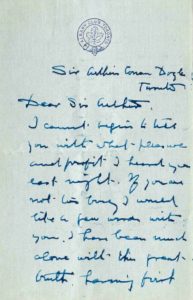
Watson also wrote to a medium by the name of Pierre L.O.A. Keeler in Lily Dale to set up a séance. Keeler was an American medium primarily known for his work with slate-writing mediumship. In the early twentieth century, he was generally acknowledged by Spiritualists as America’s best in that area of work. However, Keeler was suspected of fraud and investigated accordingly multiple times by American skeptics and psychical researchers, and on multiple occasions, he was caught in the act. In 1907, when visiting Lily Dale, a researcher caught Keeler substituting slates during a séance. He was also caught in the act by Harry Houdini, who was a known skeptic on the topic of Spiritualism. Houdini sent his niece to attend one of Keeler’s séances and fabricated a deceased sibling – who Keeler proceeded to channel the spirit of. Memorably, Keeler was once arrested for giving false séances in New York City and managed to evade the police by escaping out of a window. He was eventually caught. Despite this, Keeler remained highly regarded in Spiritualist circles and was often sought out for his mediumistic abilities.
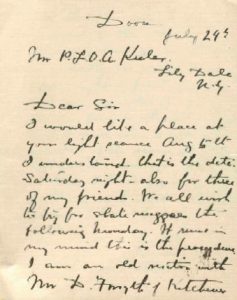
Homer Watson encountered many Spiritualists throughout his life, and oftentimes he held their opinions and abilities in high regard. His letters reveal some if the ways in which the movement affected his personal life, and his interactions tell us a great deal about the values, interests, and opinions of both those who adhered to Spiritualism and those who did not during this particular period of Canadian Spiritualism.

